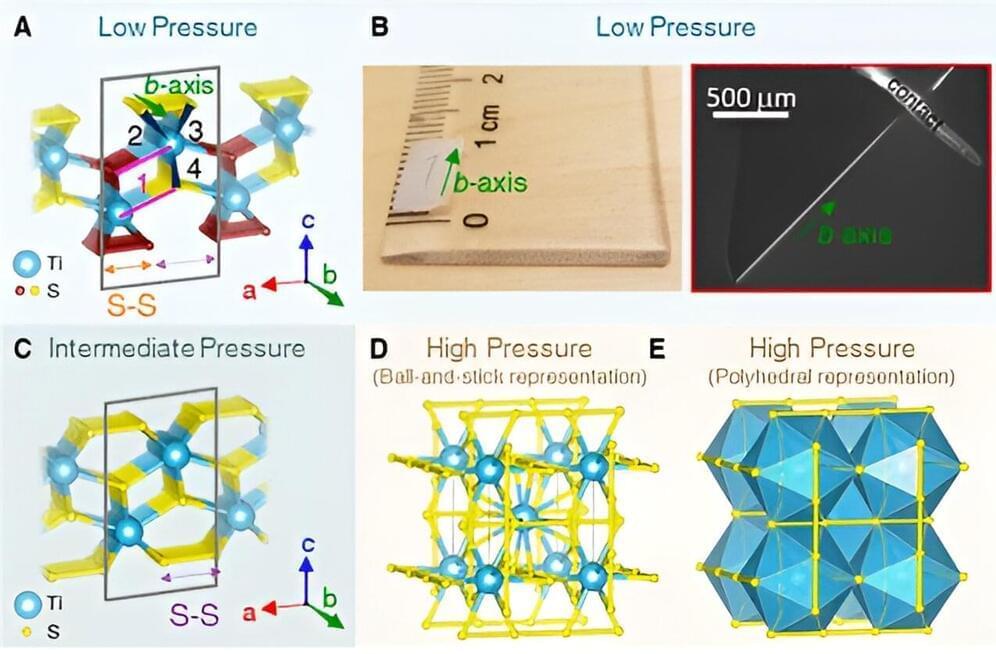Inspired by the materials found in oyster and abalone shells, engineers at Princeton have developed a groundbreaking cement material.
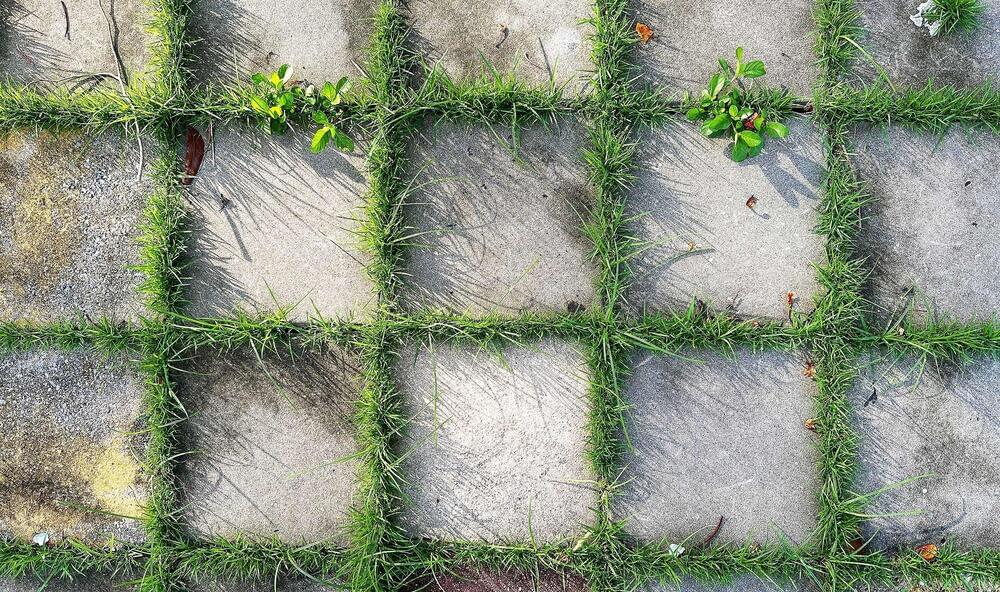

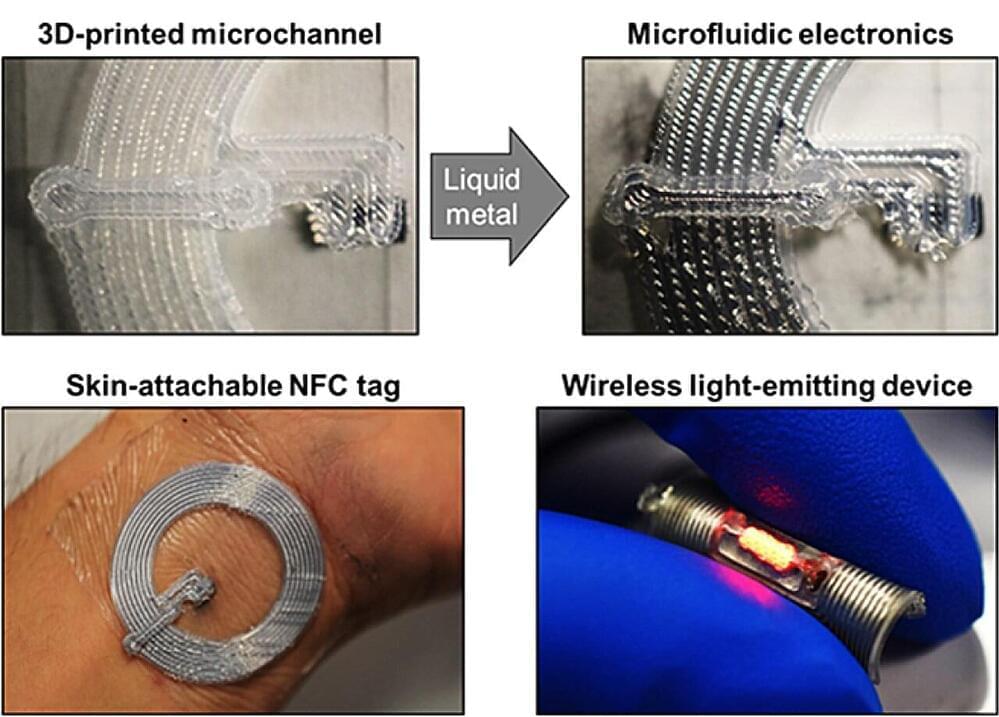
The transition from traditional 2D to 3D microfluidic structures is a significant advancement in microfluidics, offering benefits in scientific and industrial applications. These 3D systems improve throughput through parallel operation, and soft elastomeric networks, when filled with conductive materials like liquid metal, allowing for the integration of microfluidics and electronics.

Astronomers at MIT, NASA, and elsewhere have a new way to measure how fast a black hole spins, by using the wobbly aftermath from its stellar feasting.
The method takes advantage of a black hole tidal disruption event—a blazingly bright moment when a black hole exerts tides on a passing star and rips it to shreds. As the star is disrupted by the black hole’s immense tidal forces, half of the star is blown away, while the other half is flung around the black hole, generating an intensely hot accretion disk of rotating stellar material.
The MIT-led team has shown that the wobble of the newly created accretion disk is key to working out the central black hole’s inherent spin.

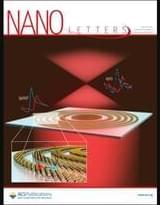
Monolayer 2D semiconductors, such as WS2, exhibit uniquely strong light–matter interactions due to exciton resonances that enable atomically thin optical elements. Similar to geometry-dependent plasmon and Mie resonances, these intrinsic material resonances offer coherent and tunable light scattering. Thus far, the impact of the excitons’ temporal dynamics on the performance of such excitonic metasurfaces remains unexplored. Here, we show how the excitonic decay rates dictate the focusing efficiency of an atomically thin lens carved directly out of exfoliated monolayer WS2. By isolating the coherent exciton radiation from the incoherent background in the focus of the lens, we obtain a direct measure of the role of exciton radiation in wavefront shaping. Furthermore, we investigate the influence of exciton–phonon scattering by characterizing the focusing efficiency as a function of temperature, demonstrating an increased optical efficiency at cryogenic temperatures. Our results provide valuable insights into the role of excitonic light scattering in 2D nanophotonic devices.
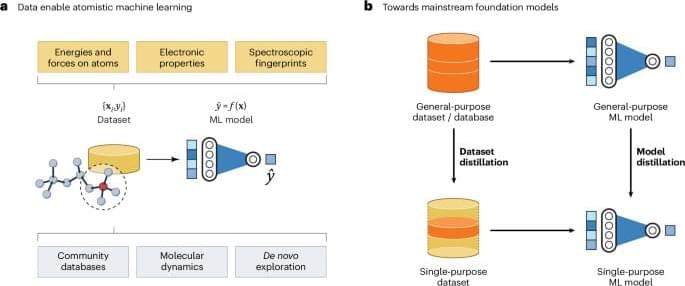

A new study published in Nature Physics introduces a theory of electron-phonon coupling that is affected by the quantum geometry of the electronic wavefunctions.
The movement of electrons in a lattice and their interactions with the lattice vibrations (or phonons) play a pivotal role in phenomena like superconductivity (resistance-free conductivity).
Electron-phonon coupling (EPC) is the interaction between free electrons and phonons, which are quasiparticles representing the vibrations of a crystal lattice. EPC leads to the formation of Cooper pairs (pairs of electrons), responsible for superconductivity in certain materials.
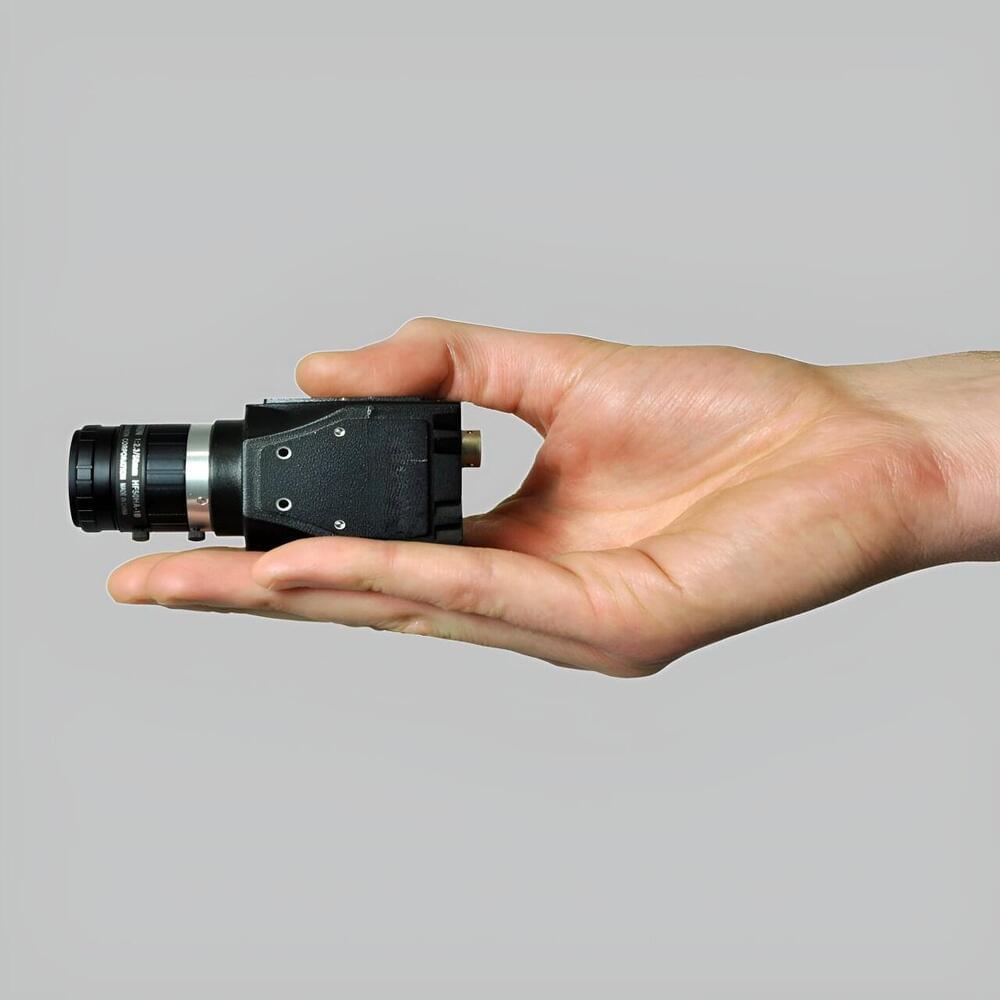
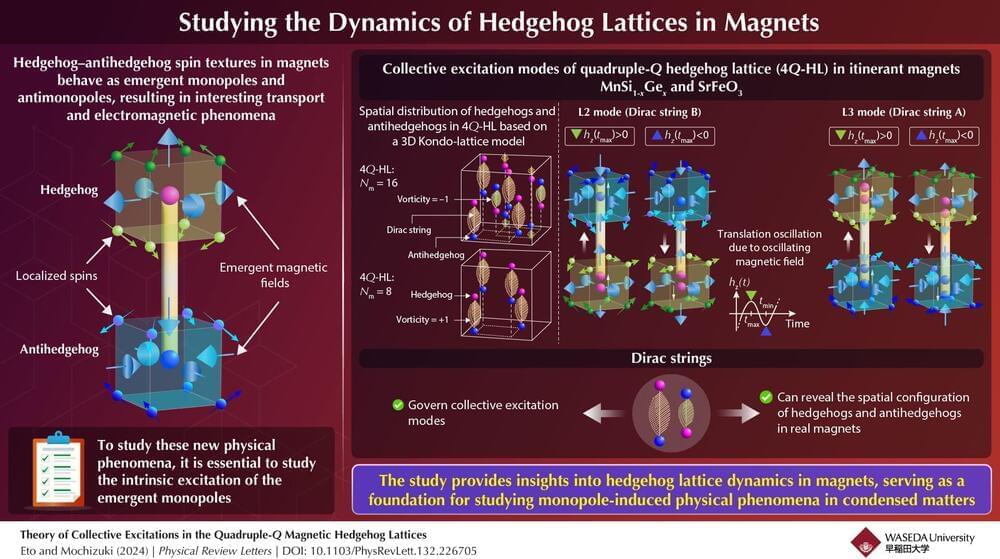
Recently, researchers discovered that a material called manganese germanide (MnGe) has a unique periodic structure, formed by special magnetic configurations called hedgehogs and antihedgehogs, which is called a magnetic hedgehog lattice.
In these special configurations, the magnetic moments point radially outward (hedgehog) or inward (antihedgehog), resembling the spines of a hedgehog. These hedgehogs and antihedgehogs act like magnetic monopoles and antimonopoles, serving as sources or sinks of emergent magnetic fields.
MnGe exhibits what is known as a triple-Q hedgehog lattice. However, recent experiments have shown that the substitution of Ge with Si (MnSi1-x Gex) transforms the arrangement into the quadruple-Q hedgehog lattice (4Q-HL).
